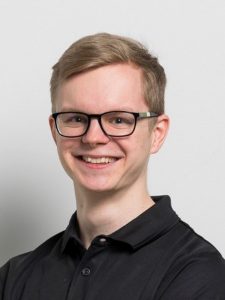 Hi everyone! My name is Paavo and I’m a neuroscience master’s student in University of Helsinki. In this blog text, I will share my experience working as a HiLIFE trainee in summer 2020.
Hi everyone! My name is Paavo and I’m a neuroscience master’s student in University of Helsinki. In this blog text, I will share my experience working as a HiLIFE trainee in summer 2020.
First a little bit of background information. My previous academic background is in exercise physiology. However, even while studying sport sciences I was very interested in neuroscience, especially in the effect of sleep and stress on health. Therefore, I came to continue my studies in Helsinki as there are many excellent research groups here focusing on sleep. That is why I was (and I am) beyond excited, when I got a chance to do my HiLFE traineeship in the Sleep and Health -research group, led by professor Tiina Paunio.
Fun fact: in our first meeting I found out that we both share a background in track and field. I remember Tiina saying: “even though some work may not always be pleasant we can remind ourselves that it is nothing compared to 200 m intervals”. I must agree.
As I had no previous experience in sleep research, my traineeship started with learning polysomnography (PSG) and sleep scoring. PSG is the golden standard of the field, where one attaches a bunch of electrodes to the subject to measure their brain activity, muscle tone, heart rate and breathing. Sleep scoring means determining different macro- and microstructures of sleep from the (PSG) data. I was lucky to have Tuula Tanskanen as my scoring mentor. At first scoring was like being at optician when your glasses are not up to date: Tuula asked what this 30s epoch looks like, I squeezed my eyes looking at the signal, thought a bit and ended up half guessing. Luckily, practice trains your eye to find things from the signal, and I would like to think that the glasses I’m wearing now are at least close to the correct prescription. In addition to learning PSG and sleep scoring, I begun the basics of programming. Even though I’m still at beginner level, programming skills will for sure prove to be useful in further analyses of the sleep data.
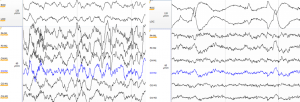 Here is an example of what different sleep stages look like. On the left there is slow wave sleep (N3) with large delta waves on the EEG channels. On the right there is REM sleep with the signature rapid eye movements on the top two EOG channels.
Here is an example of what different sleep stages look like. On the left there is slow wave sleep (N3) with large delta waves on the EEG channels. On the right there is REM sleep with the signature rapid eye movements on the top two EOG channels.
By this time, I’m sure all of you who read the title of the blog are shouting to the screen: “but Paavo why didn’t you sleep well?”. Well I’m glad you asked. You see, in addition to the thesis work I was doing, my job was to test and learn to use some new sleep monitoring devices. These devices will possibly be used in future projects and what better way to learn to use them than to wear them yourself! You can try to guess how many recording devices I’m wearing in the picture and what they are recording. The correct answer will be revealed at the end of this post.
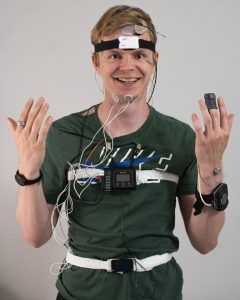 Would you participate in a sleep study if the researcher looked like this?
Would you participate in a sleep study if the researcher looked like this?
Based on the experience wearing these different devices, I found a direct correlation between the number of cables attached to my head and me being grumpy next morning. The relationship seems to be causal. However, the effect was strongly modulated by the successfulness of the measurement: couple of times I found that nothing was recorded, which was followed by a spike in blood pressure. Testing new equipment always comes with unexpected challenges. Solving these challenges included both reading theory to understand how the devices should work and trying things in practice to solve how they actually work. Couple of times I managed to combine the two: nothing worked, and I had no clue why. Jokes aside, I really enjoyed testing the devices and I could always ask help if needed.
I can honestly say that the HiLIFE traineeship has made a difference for my academic career. Even though I worked most of the time remotely due to covid-19, being able to participate in different (online) meetings and discussing things with my supervisor has opened many opportunities for the future. It is quite likely that I will continue to PhD studies in the same group. A word of advice for future trainees: don’t be afraid to ask and discuss things with members of the research group, you will be surprised where those conversations will lead you. Even the worst-case scenario is rarely worse than running 200 m intervals – and that was one of my favorite track sessions.
Special thanks for my sleep scoring mentor Tuula Tanskanen, for my ask me anything -person Tiina Härkönen and of course for my supervisor and the voice of reason Prof. Tiina Paunio. Thank you HiLIFE for enabling this amazing opportunity.
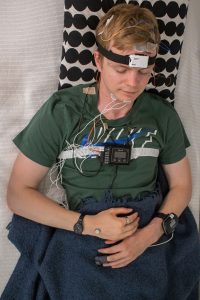
- For those dying to know, the number of recording devices in the picture was five:
1) The black box on the chest is a polysomnography (PSG) device with several EEG, EOG and EMG electrodes, the white belt and pulse oximeter on the left hand (there are usually even more wring going with nasal airflow sensor and ECG electrodes that are not shown in the picture).
2) The white device on the forehead is an EEG headband, which measures brain activity, movement and temperature.
3) The watch-looking device on the right hand is an actigraphy monitor, which is an accelerometer measuring movement throughout the day.
4) The ring on the right-hand index finger measures heart rate, movement and temperature.
5) The small button on right hand (in the first picture on left hand – the deceit is revealed, the pictures were staged) is a tiny thermometer measuring changes in temperature.
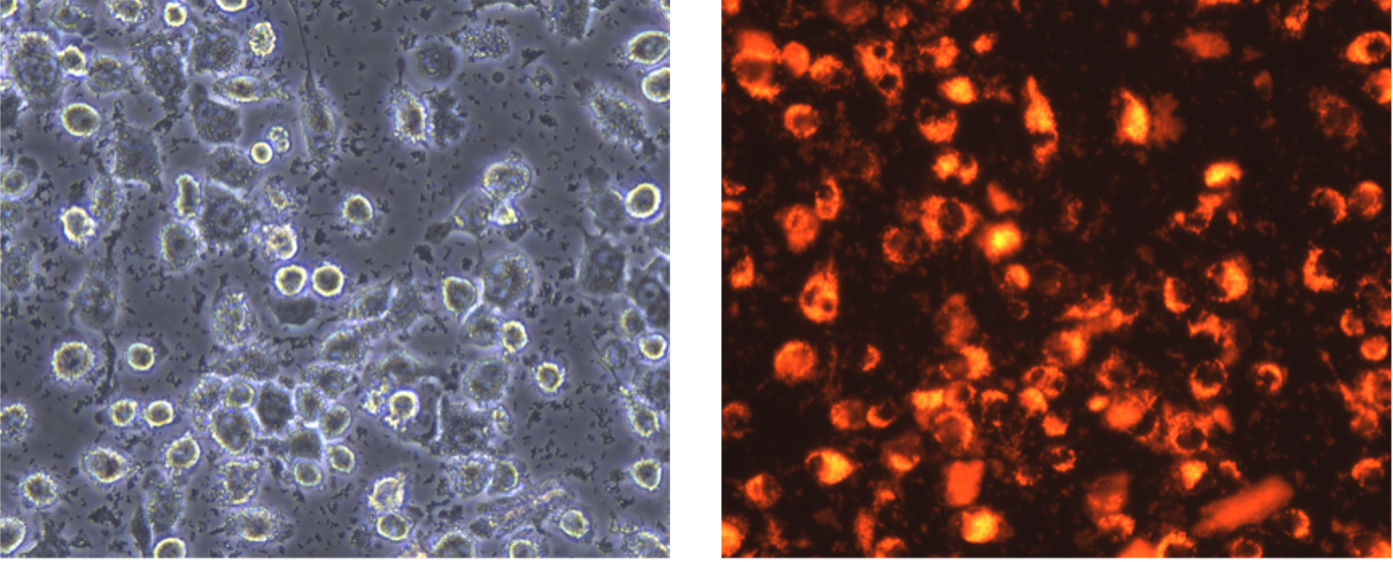

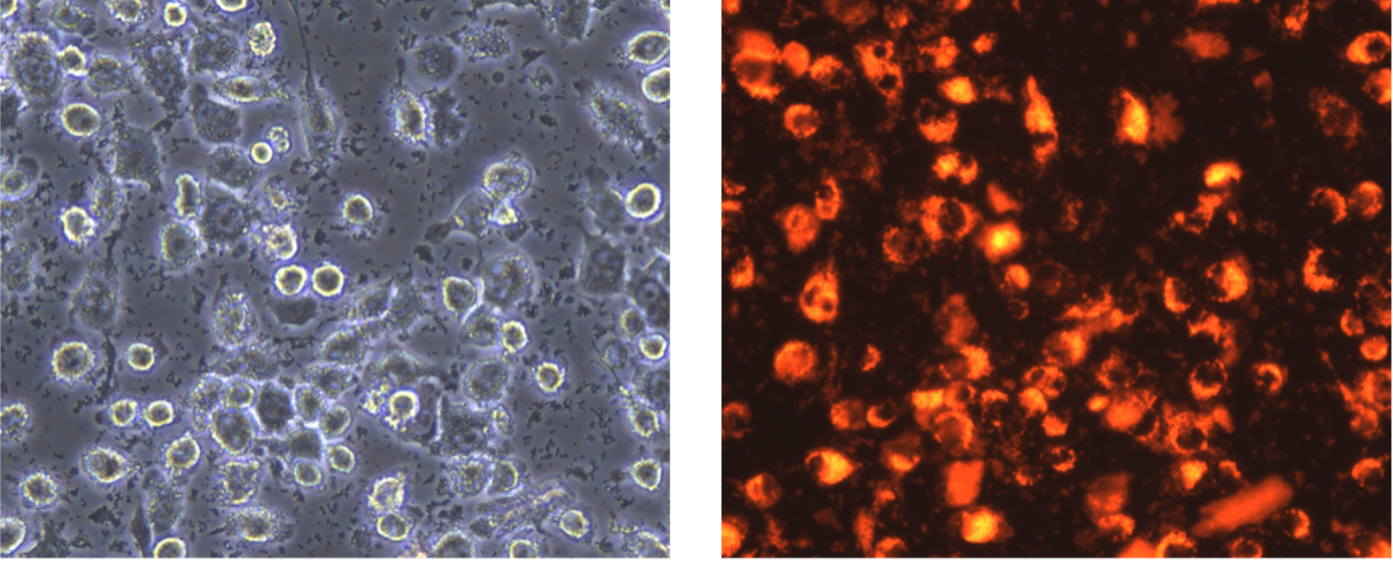


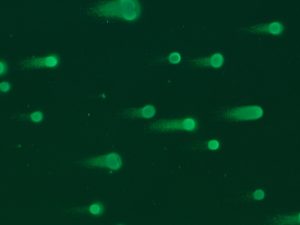
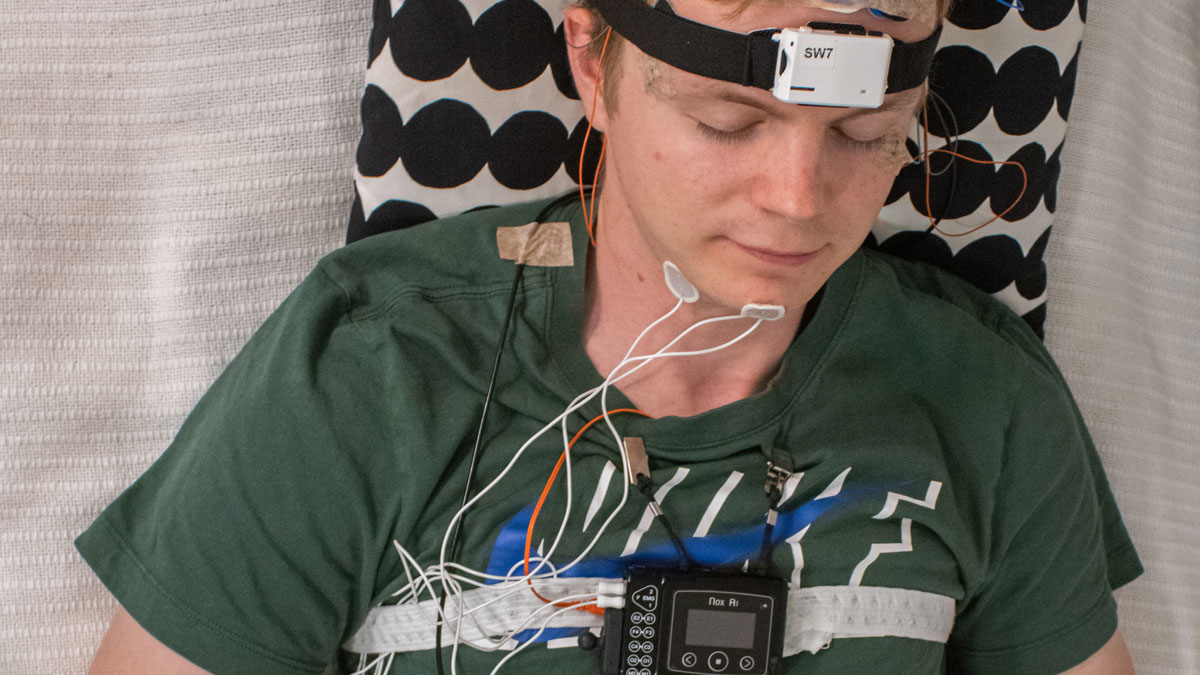
 Hi everyone! My name is Paavo and I’m a neuroscience master’s student in University of Helsinki. In this blog text, I will share my experience working as a HiLIFE trainee in summer 2020.
Hi everyone! My name is Paavo and I’m a neuroscience master’s student in University of Helsinki. In this blog text, I will share my experience working as a HiLIFE trainee in summer 2020. Here is an example of what different sleep stages look like. On the left there is slow wave sleep (N3) with large delta waves on the EEG channels. On the right there is REM sleep with the signature rapid eye movements on the top two EOG channels.
Here is an example of what different sleep stages look like. On the left there is slow wave sleep (N3) with large delta waves on the EEG channels. On the right there is REM sleep with the signature rapid eye movements on the top two EOG channels. Would you participate in a sleep study if the researcher looked like this?
Would you participate in a sleep study if the researcher looked like this?
 A sense of profound stillness settled upon me when I first set foot onto the cobbled streets of Cambridge. While gazing down Trinity Lane (pictured above), the scene momentarily took on a sephia tone as I was transported into the past. Some in animated conversation, others lost deep in their own thoughts, the scientific greats came streaming past me. There went James Clerk Maxwell, formulating the unification of electricity and magnetism in his mind. Niels Bohr arguing with Max Born over the best representation of quantum mechanics, timidly observed from the side by Paul Dirac, keeping his own to himself. Stephen Hawking playfully teasing the unphased Isaac Newton to try and reveal the gravitational secrets of black holes, followed by Alan Turing wondering just what makes their conversation distinguishable from machines. This surreal procession, stretching over hundreds of years and across disciplines, made me realize to what a special place I have arrived and that it is now my time – as Newton put it – “to see further by standing on the shoulders of Giants.”.
A sense of profound stillness settled upon me when I first set foot onto the cobbled streets of Cambridge. While gazing down Trinity Lane (pictured above), the scene momentarily took on a sephia tone as I was transported into the past. Some in animated conversation, others lost deep in their own thoughts, the scientific greats came streaming past me. There went James Clerk Maxwell, formulating the unification of electricity and magnetism in his mind. Niels Bohr arguing with Max Born over the best representation of quantum mechanics, timidly observed from the side by Paul Dirac, keeping his own to himself. Stephen Hawking playfully teasing the unphased Isaac Newton to try and reveal the gravitational secrets of black holes, followed by Alan Turing wondering just what makes their conversation distinguishable from machines. This surreal procession, stretching over hundreds of years and across disciplines, made me realize to what a special place I have arrived and that it is now my time – as Newton put it – “to see further by standing on the shoulders of Giants.”.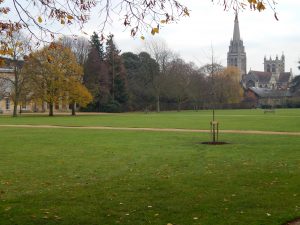
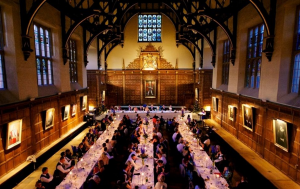
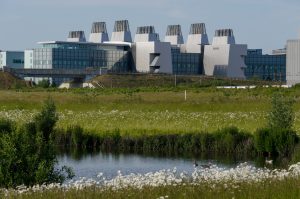
 Alas, my 7 months in Cambridge have been gobbled up by the enigmatic Chronophage of the Corpus Christi clock. This has truly been an enriching experience and it is now up to you, my dear reader, to apply for HiLIFE Trainee Scholarships. For myself, the good-bye is only temporary, as I shall be returning to this enchating little town in October to start my PhD in Neuroscience, working on our brains’ internal GPS system!
Alas, my 7 months in Cambridge have been gobbled up by the enigmatic Chronophage of the Corpus Christi clock. This has truly been an enriching experience and it is now up to you, my dear reader, to apply for HiLIFE Trainee Scholarships. For myself, the good-bye is only temporary, as I shall be returning to this enchating little town in October to start my PhD in Neuroscience, working on our brains’ internal GPS system!